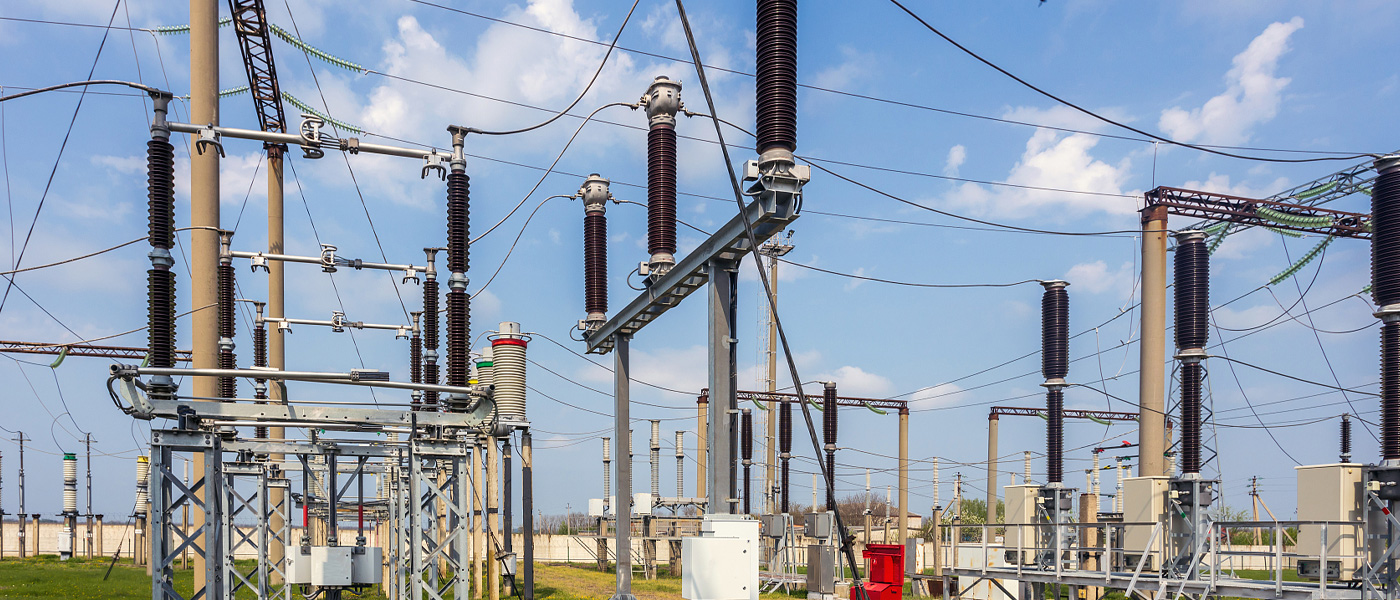What are Switch Disconnectors?
2024-07-26

Switch disconnectors, also known as power isolators, are essential pieces of electrical equipment used in factories, commercial, and industrial settings for circuit interruption, manual operation, and power supply isolation. These devices come in a wide range of types, and it's crucial to consider several factors, such as intended use, features, and the advantages they provide, before making a purchase.
This article serves as a comprehensive resource, detailing all you need to know about switch disconnector isolators.
What are Switch Disconnectors?
Switch disconnectors are meticulously designed to disconnect electrical equipment for repair and maintenance purposes. They play a crucial role in ensuring that high-powered electrical equipment is fully discharged of electricity before any work begins, thereby separating various parts of the electrical system and ensuring the safety of both equipment and personnel. Their significance in repair and maintenance activities cannot be overstated, as they effectively minimize the risk of mechanical and electrical accidents, thereby fostering a secure working environment.
Switch disconnector isolators are incredibly versatile, finding applications in power distribution, machinery, motor control centers, switchboards, and photovoltaic installations. Their capability to close onto an existing short-circuit within their rated capacity without posing any risk to the equipment or operators underscores their adaptability and reliability.
These devices are typically used as emergency off-devices and must be easily identifiable, accessible, and visible to operators at all times. This is why they are often painted in specific colors that adhere to the electrical standards of the country or region.
The Difference Between Disconnectors and Circuit Breakers
A common misconception is that disconnectors and circuit breakers are the same. However, they serve different purposes. While a switch disconnector's primary function is to disconnect the current or power source for maintenance, inspection, and repair, a circuit breaker can perform additional tasks such as making, carrying, and breaking current under standard conditions and offers complete isolation when necessary.
A circuit breaker is a protective device that controls the volume and flow of current, similar to a fuse, a feature not present in a switch disconnector. In the event of a short circuit or overloading, a circuit breaker will break the circuit to protect the space. Most circuit breakers operate automatically, with relays that sense errors in the circuit and trigger signals to prevent accidents.
In summary, a switch disconnector is a power disconnecting device that stops the flow of power in a circuit, often used in conjunction with a circuit breaker or load switch. In contrast, a circuit breaker functions as a switching device designed to cut both rated and short circuit currents.
How Does a Switch Disconnector Work?
The primary function of a switch disconnector is to disconnect electrical power. They come with two mechanisms: manual and motor-operated. It's essential to select the appropriate operating mechanism for a specific substation.
Auxiliary switches are:
- A vital part of the disconnector mechanism.
- Providing a remote indication of disconnector position.
- Electrical interlocking.
- Current transfer switching.
Switch disconnectors have two metal blades or contacts that separate when the switch is opened, interrupting the flow of electric current through the circuit. The opening and closing of the disconnector can be automated or handled manually, with manual operations typically involving a lever or knob and automated processes controlled by a relay or switch.
Applications of Switch Disconnectors
Switch disconnectors are used to isolate power from electrical equipment connected to a circuit, primarily for safety and security during maintenance and repair. They are widely used in industrial and factory applications, paired with switches linked to earthing wires for additional safety during complex electrical issues or maintenance activities.
High voltage-rated disconnectors are used in large electrical substations to disconnect high voltage and extensive power in transformers and transmission lines for safe repair and maintenance.
Areas of Application
Switch disconnectors are used in various industries, including Information Technology (networks, data centers, computer rooms, telecommunications), Energy and Utilities (oil, solar, water, wastewater, gas, wind, smart grid, hydropower), and the Industrial and Heavy Machinery Industry (mining and metals, pulp and paper, construction, material handling, processing, agriculture, manufacturing, petrochemicals). They are used for a variety of purposes, from isolating power during maintenance to providing safety during complex electrical issues.
Advantages of Switch Disconnectors
Switch disconnectors offer a host of advantages, including ease of installation and commissioning, high safety, security, and reliability for workers. They provide robust protection from hazards and accidents, require minimal maintenance post-installation, and boast a high capacity for making and breaking. Their suitability for diverse applications, manual and automated operation options, flexibility in mounting positions, and protection against mechanical or electromagnetic vibrations further reinforce their safety features, providing users with a sense of reassurance.
Kexunan Electric: High-Quality Switch Disconnectors
With a wide variety of switch disconnectors available, it's important to choose one that meets your specific requirements. As safety devices, it's advisable to purchase high-quality switch disconnectors from a reputable brand. Before making a final purchase, consulting with an electrician is recommended.
Kexunan Electric offers a range of high-quality switch disconnectors. Visit our shop to explore our products, or contact our customer service team for more information on the available options.





